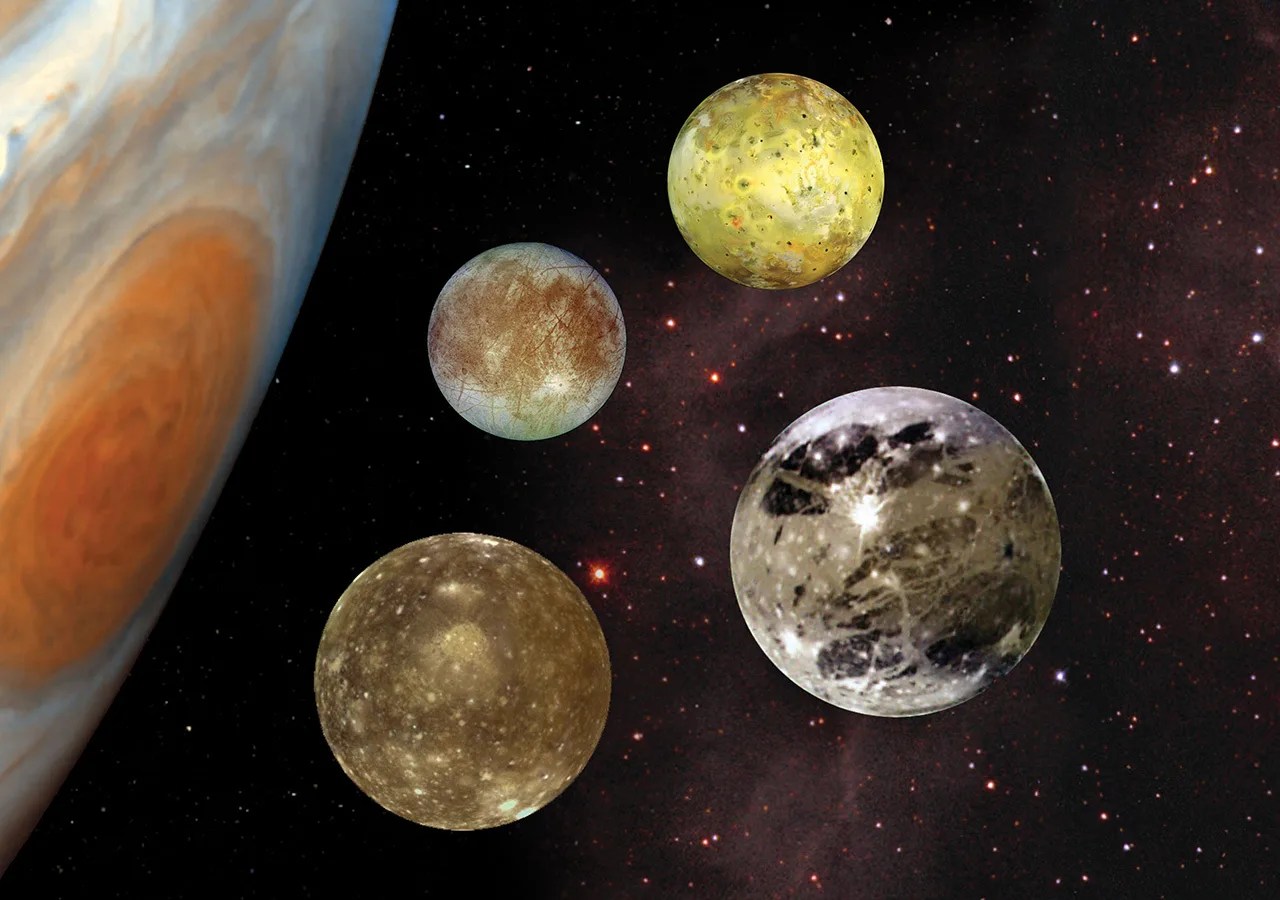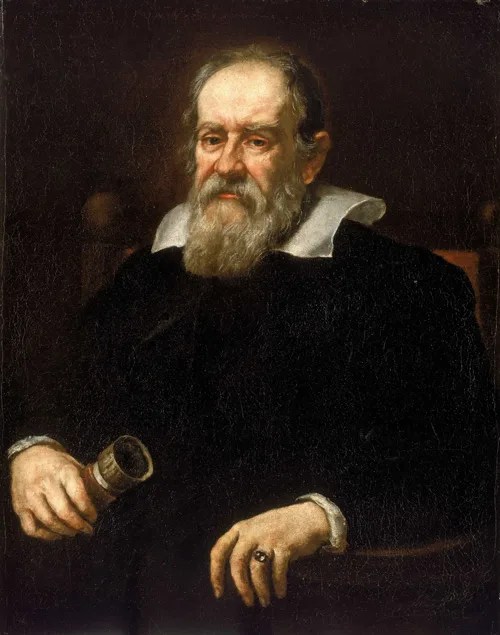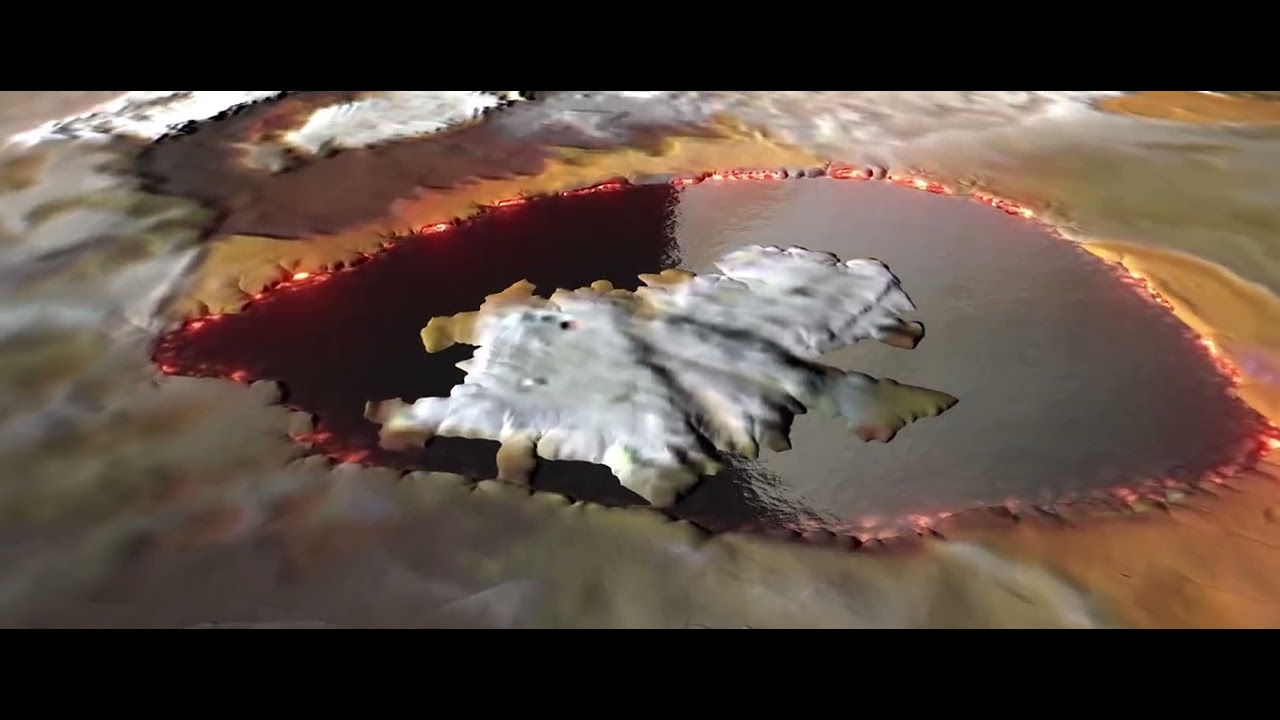3 min read

Born in 1564, Italian astronomer Galileo Galilei's observations of our solar system and the Milky Way have revolutionized our understanding of our place in the Universe.
Galileo sparked the birth of modern astronomy with his observations of the Moon, phases of Venus, moons around Jupiter, sunspots, and the news that seemingly countless individual stars make up the Milky Way Galaxy. If Galileo were around today, he would surely be amazed at NASA's exploration of our solar system and beyond.
After learning of the newly invented "spyglass," a device that made far objects appear closer, Galileo soon figured out how it worked and built his own, improved version. In 1609, using this early version of the telescope, Galileo became the first person to record observations of the sky made with the help of a telescope. He soon made his first astronomical discovery.
At the time, most scientists believed that the Moon was a smooth sphere, but Galileo discovered that the Moon has mountains, pits, and other features, just like the Earth.
When Galileo pointed his telescope at Jupiter, the largest planet in our solar system, he made a startling discovery. The planet had four "stars" surrounding it. Within days, Galileo figured out that these "stars" were actually moons in orbit of Jupiter. His discovery challenged common beliefs of his time about the bodies of our solar system. Continuing Galileo's legacy, modern telescopes and space probes observe the wonders of Jupiter's many moons. Click here for more information about space probes that have visited and observed Jupiter.
Galileo turned his gaze toward Venus, the brightest celestial object in the sky - other than the Sun and the Moon. With his observations of the phases of Venus, Galileo was able to figure out that the planet orbits the Sun, not the Earth as was the common belief in his time.
Curious about the Sun, Galileo used his telescope to learn more. Not knowing that looking at our very own star would damage his eyesight, Galileo pointed his telescope towards the Sun. He discovered that the sun has sunspots, which appear to be dark in color.
Galileo's discoveries about the Moon, Jupiter's moons, Venus, and sunspots supported the idea that the Sun - not the Earth - was the center of the Universe, as was commonly believed at the time. Galileo's work laid the foundation for today's modern space probes and telescopes. Happy Birthday Galileo and thanks for all the celestial gifts!
In 1989, Galileo Galilei was memorialized with the launch of a Jupiter-bound space probe bearing his name. During its 14-year voyage, the Galileo space probe (and its detachable mini-probe) visited Venus, Earth, the asteroid Gaspra, observed the impact of Comet Shoemaker-Levy 9 on Jupiter, Jupiter, Europa, Callisto, Io, and Amalthea.
In order to avoid the possible contamination of one of Jupiter's moons, the Galileo space probe was purposely crashed into Jupiter at the end of its mission in September 2003.








